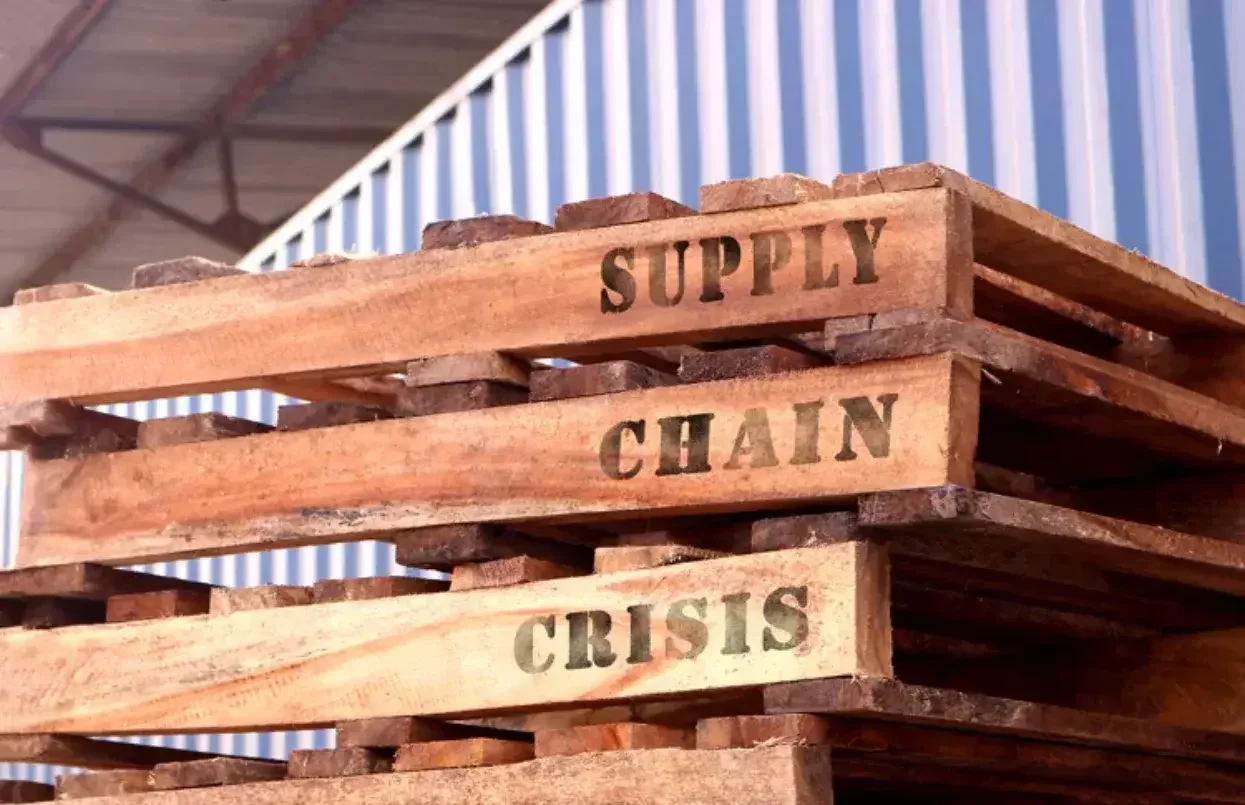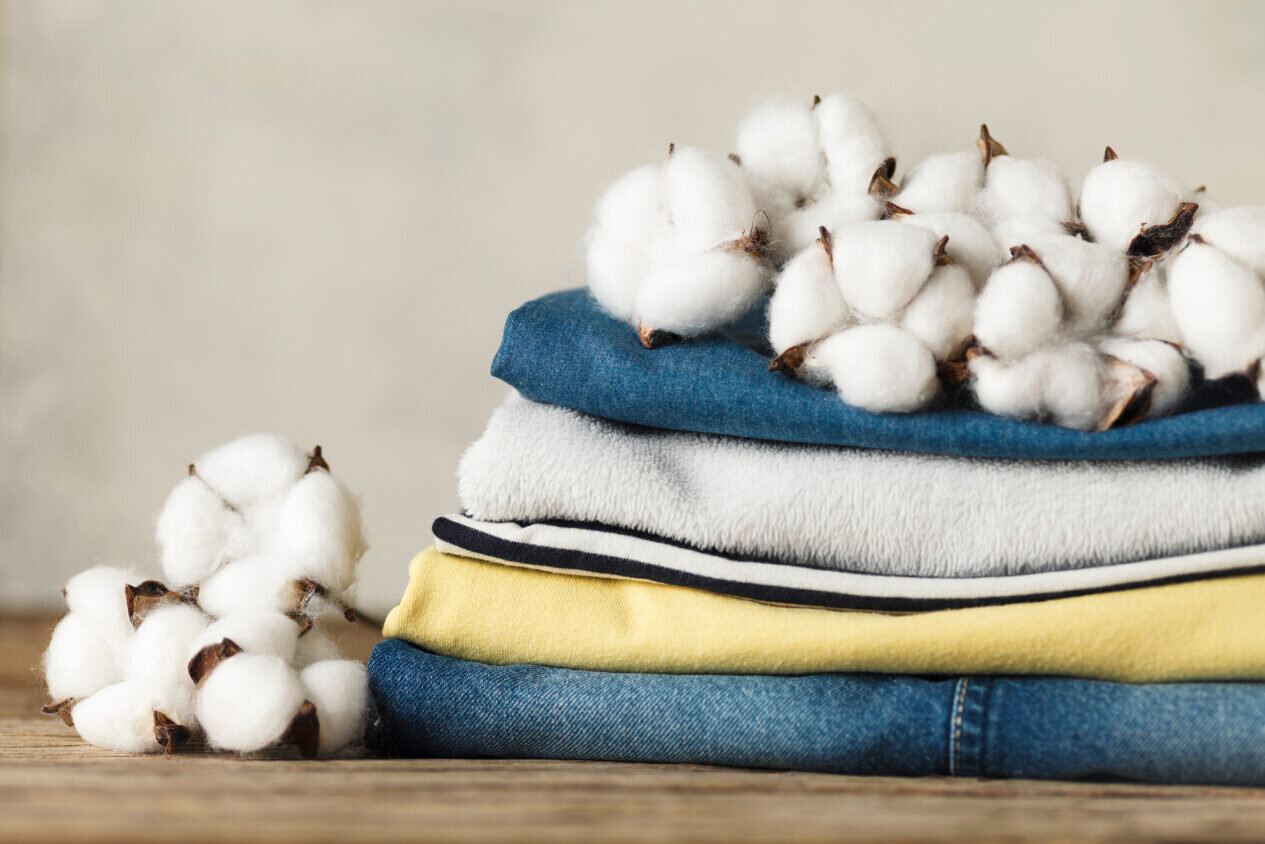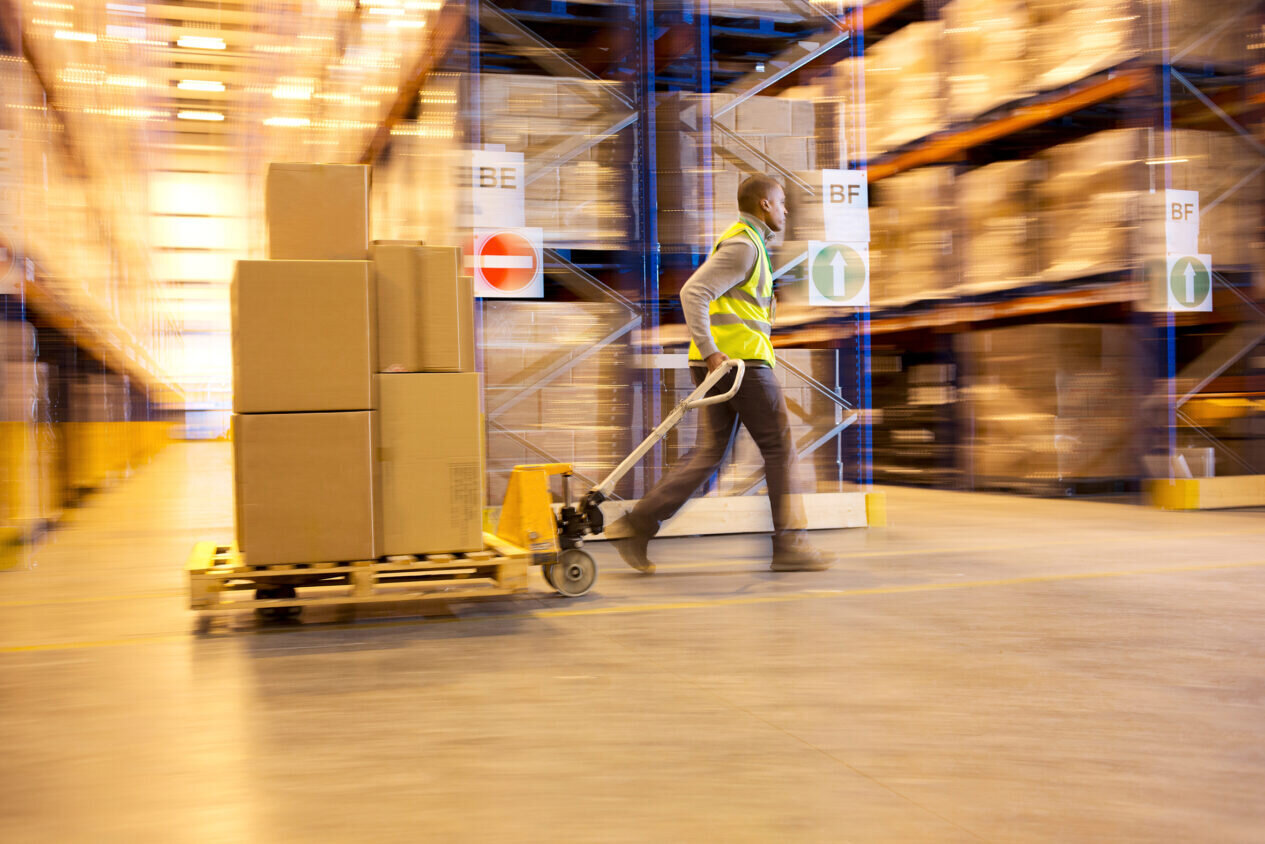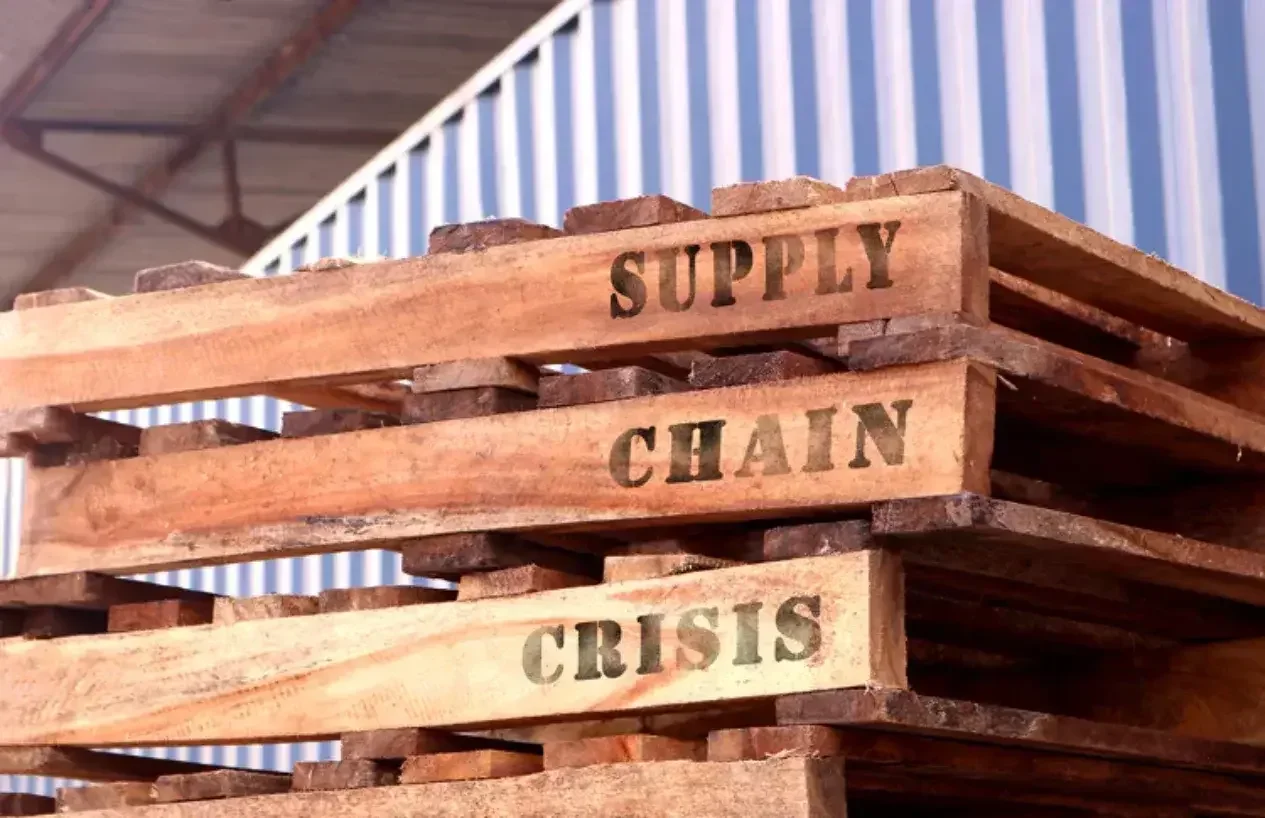
Debbie McKeegan discusses the rising costs and the current instability within the global textile supply chain.
After 30 years of relative calm, the stability of the global textile supply chain is threatened as inflationary pressures take an iron grip on the supply chain. Textiles perhaps more than any other industry is vulnerable to price shifts in the global economy. Russia’s invasion of Ukraine came at a time when the global economy, after two years of Covid disruption, was just starting to return to the “new normal”.
As the “old normal” symbolised by the West’s confident dependence on production and supplies from Asia has now gone, inter-continental supply chains are now desperately seeking equilibrium in a world riven by geo-political disruption and post-covid demand.
The list of disrupted supply chains where prices have rocketed is extensive with the main drivers, as usual, being in the petro-chemical sector. Here the world has witnessed a 570% increase in FCL container costs from the East (May 2020-May 2022: Statista), a 450% increase in natural gas prices world-wide (May 2020-May2 022: US Energy Information Administration) and a 456% increase in Crude Oil prices (March 2020-March 2022: Brent Crude: Statista).
The knock-on effect to the textile industry has been significant, with cotton prices doubling since 2020 from $0.78 in March 2020 to $1.54 in March 2022 (Trading Economics) with large rises (48%) in the price of Polyester fibre in the same period. (Ycharts)
Further down stream in the textile supply chain – cotton and polyester fabric prices have also risen, with for example, woven cotton fabric showing an 18.9% increase between 2020 and 2022 (Federal Reserve Economic Data). In auxiliary chemicals and printing inks, industry giants such as Sun Chemical, Dupont, Clariant and the Flint Group have been steadily increasing the price of their offerings over the last year with 10-12 % being an average increase as the world supply situation has deteriorated.
“The knock-on effect to the textile industry has been significant, with cotton prices doubling since 2020 from $0.78 in March 2020 to $1.54 in March 2022 (Trading Economics) with large rises (48%) in the price of Polyester fibre in the same period.” (Ycharts)

Tony Lord, president of Flint OPS, said: “The pressures facing the print industry have unfortunately shown no sign of dissipating. Rising inflation, increasing fuel and energy rates, and increased demand on raw materials have all contributed to further price increases throughout the print supply chain. The challenges faced by the printing industry are some of the toughest in living memory and it is impossible to predict when we might begin to see some relief from these difficult circumstances.”
A sentiment echoed by Mehran Yazdani, of Sun Chemical, who said “Sun Chemical’s priority has been to keep supplying our products to our customers, allowing them to keep their facilities operating. We continue to leverage our global network to secure raw materials and services. However, the competition for these resources is significant and the magnitude of the inflationary pressures cannot be overcome fully through efficiency programs. This requires us to raise further prices to our customers so that we can continue to secure the needed inputs to make and deliver quality products. Without signs of stabilization so far, the situation will need to be adjusted as it goes, and no price guarantee can therefore be given for any period”.
The impact of all of the above has been to add pressure to global economies to the extent that general inflationary pressures are now causing a cost-of-living crisis as price rises feed through to individual consumers, with inflation in the OECD rising to 9.2% in April 2022 as food and services prices accelerated. Eventually there will be an increase in pay settlements as people struggle to cope with rising prices, and these increased settlements will, in themselves, add to the inflationary spiral with the very real risk that inflation will become embedded in developed economies, where wage increases chase price increases, a scenario last seen over 40 years ago.
“With such a difficult economic outlook the Textile Industry faces considerable headwinds, however, it has risen to the challenge, seized the opportunity, and with data driven digital solutions is moving toward a horizon of profitability and sustainability as new business models spearhead the way forward”.

With such a difficult economic outlook the Textile Industry faces considerable headwinds, however, it has risen to the challenge, seized the opportunity, and with data driven digital solutions is moving toward a horizon of profitability and sustainability as new business models spearhead the way forward.
Leading the way are outstanding technological leaps in production and automation technology.
From design through to production, digitalisation has gripped the textile industry and produced a string of game changing developments that will perhaps result eventually in the migration of core production from the East back to the developed economies of the West.
Automated laser cutting from Zund and Kongsberg, 3D design from Browzwear and Tukatech, waterless digital print systems from Kornit Digital and Durst, and advanced sewing robotics from Exotec and Softwear Automation, all driven by industry’s widespread adoption of digitalisation continue to revolutionize the textile manufacturing landscape.
At the Tianyuan Garments company, who produce clothing for Adidas and Armani, their Softwear Automation sewing technology has allowed them to open their newest factory in Arkansas, not China. The automated sewing facility uses robots to reduce the need for human labour. In the case of Tianyuan’s new factory, three to five people will work each of the 21 robotic production lines.
This a labour decrease of 50-70% compared to the 10 workers on a conventional line. And perhaps signposts a new future for apparel manufacturing as the technology is fine-tuned.
“In addition to lowering costs, the robots will also increase production. A human sewing line produces 669 t-shirts in eight hours, compared to the robots at 1,142 t-shirts. That’s a 71% increase in production, resulting in a total output of 1.2 million t-shirts per year.
Using robotics makes the cost of producing a t-shirt in the U.S. comparable to one that is produced overseas. For example, in Bangladesh the labour cost to produce a denim shirt is about $0.22. If made by U.S. workers, that labour cost jumps to $7.47, but with a robotic production line, it’s just $0.33 per t-shirt” commented Softwear Automation. And, of course, there are no inflated overseas carriage bills to meet.
Upstream the digitalisation of the textile industry has accelerated as the on-demand business model make an impact towards the substantial re-shoring of textile production across Europe.
“Upstream the digitalisation of the textile industry has accelerated as the on-demand business model make an impact towards the substantial re-shoring of textile production across Europe”.

Here businesses such as Print Logistic, SPOD, Printful and Amazon Merch On-Demand have made stellar progress by combining digital design and digital print with downstream automation to enable a profitable business model, whilst offering the buyer lower or comparable costs to the Eastern supply routes.
As price inflation begins to bite into the digitalisation of the textile industry – Innovation and invention are combining to offer some stability within the textile sector. Those that had invested in digital production pre-pandemic have thrived in the post-covid economy. There is growing industry confidence that the current inflationary pressures can be met whilst the markets stabilise, and a new landscape for the industrial textile Industry will begin to emerge.